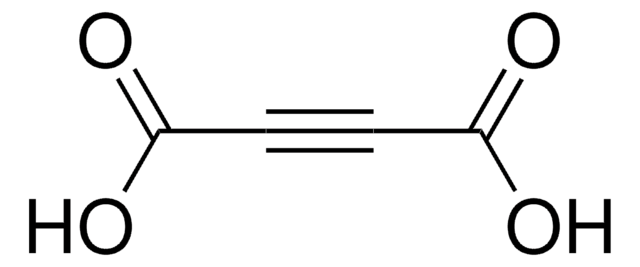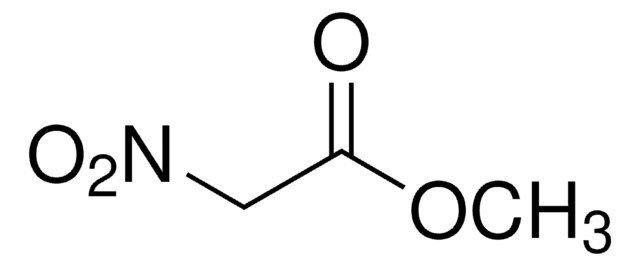All Photos(1)
About This Item
Linear Formula:
CH3(CH2)4C≡CCO2H
CAS Number:
Molecular Weight:
140.18
EC Number:
MDL number:
UNSPSC Code:
12352100
PubChem Substance ID:
Recommended Products
Assay
98%
refractive index
n20/D 1.46 (lit.)
bp
148-149 °C/19 mmHg (lit.)
mp
2-5 °C (lit.)
density
0.961 g/mL at 25 °C (lit.)
SMILES string
CCCCCC#CC(O)=O
Signal Word
Danger
Hazard Statements
Precautionary Statements
Hazard Classifications
Acute Tox. 4 Oral - Skin Corr. 1B
Storage Class Code
8A - Combustible corrosive hazardous materials
WGK
WGK 3
Flash Point(F)
213.8 °F - closed cup
Flash Point(C)
101 °C - closed cup
Personal Protective Equipment
dust mask type N95 (US), Eyeshields, Gloves
Choose from one of the most recent versions:
Certificates of Analysis (COA)
Lot/Batch Number
Don't see the Right Version?
If you require a particular version, you can look up a specific certificate by the Lot or Batch number.
Already Own This Product?
Find documentation for the products that you have recently purchased in the Document Library.
Phornnop Naiyanetr et al.
Journal of autoimmunity, 37(3), 209-216 (2011-07-19)
Our laboratory has hypothesized that xenobiotic modification of the native lipoyl moiety of the major mitochondrial autoantigen, the E2 subunit of the pyruvate dehydrogenase complex (PDC-E2), may lead to loss of self-tolerance in primary biliary cirrhosis (PBC). This thesis is
Si-Jie Wu et al.
Hepatology (Baltimore, Md.), 53(3), 915-925 (2011-03-05)
Murine models of autoimmunity allow the study of the earliest events in disease pathogenesis. Our laboratory has developed a xenobiotic induced model of primary biliary cirrhosis (PBC) following immunization of mice with 2-octynoic acid coupled to bovine serum albumin (2-OA-BSA)
J M Fletcher et al.
Metabolism: clinical and experimental, 48(6), 685-688 (1999-06-25)
2-Octynoic acid was administered by intraperitoneal injection to fasted Sprague-Dawley rats in an attempt to simulate medium-chain acyl-coenzyme A dehydrogenase (MCAD) deficiency. The resultant urine organic acid profile showed a mild dicarboxylic aciduria but lacked the glycine conjugates characteristic of
J A Montgomery et al.
Biomedical & environmental mass spectrometry, 18(6), 416-423 (1989-06-01)
Rats given 2-octynoic acid by intraperitoneal injection excrete elevated amounts of medium-chain dicarboxylic acids and other acidic metabolites usually associated with human medium-chain acyl-CoA dehydrogenase deficiency. Onset of this organic acid profile is immediate and lasts for approximately 24 h.
Amy Dhirapong et al.
Hepatology (Baltimore, Md.), 57(2), 708-715 (2012-09-22)
Collectively, the data in both humans and murine models of human primary biliary cirrhosis (PBC) suggest that activated T cells, particularly CD8 T cells, play a critical role in biliary cell destruction. Under physiological conditions, T-cell activation involves two critical
Our team of scientists has experience in all areas of research including Life Science, Material Science, Chemical Synthesis, Chromatography, Analytical and many others.
Contact Technical Service










